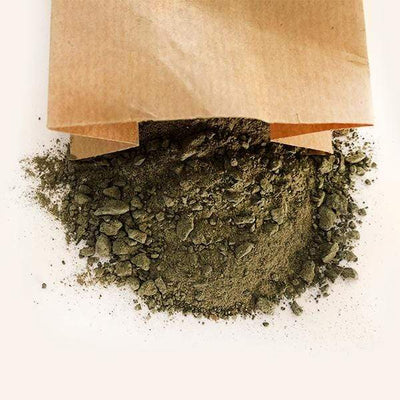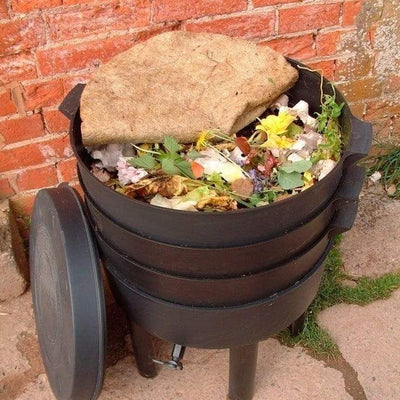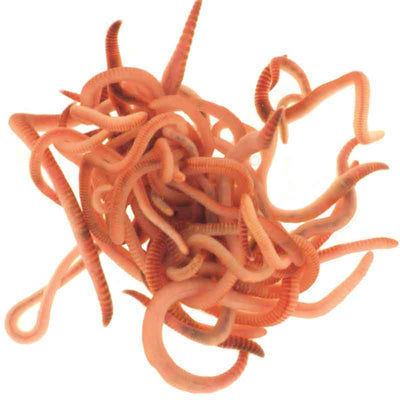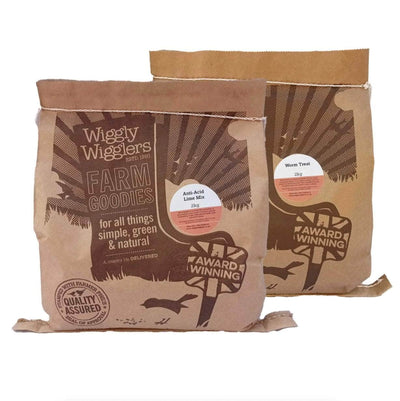If you’ve ever worried your worms were freezing their wiggles off in November, don’t worry — they’re tougher than they look. Worms don’t hibernate; they just slow the pace a little when the weather turns cold. The trick is to make sure they’re not dealing with an ice bath while they work.
Worms like steady conditions — ideally between 10–25°C — so move your wormery somewhere sheltered: a shed, greenhouse, or even an unheated utility room. Outdoors? Wrap it up with bubble wrap or cardboard for insulation.
Feeding slows in winter, too. If you pile in too much waste, it’ll go slimy before they can eat it. And don’t forget their bedding! Worms need carbon to balance nitrogen-rich scraps. Shredded cardboard, paper, or Wiggly Worm Treat keeps everything breathable and stops the dreaded soggy sludge.
Here’s a handy bit of science: worms actually generate heat as they digest. In a well-fed, balanced wormery, that microbial and wormy activity can lift the internal temperature by several degrees — just enough to keep things ticking over.
And when they do get cold, they burrow deeper. Composting worms (like Dendrobaena veneta) can survive down to freezing if they’re insulated and kept relatively dry — remarkable, really, for creatures that have no jumpers and don’t own duvets.
Wiggly Tip: Pop a moisture mat or bit of old fleece on top of your wormery contents — it holds in warmth and stops fruit flies.
By spring, your worms will have rewarded you with rich, microbe-packed compost — a living soil booster better than anything you can buy in a bag.






